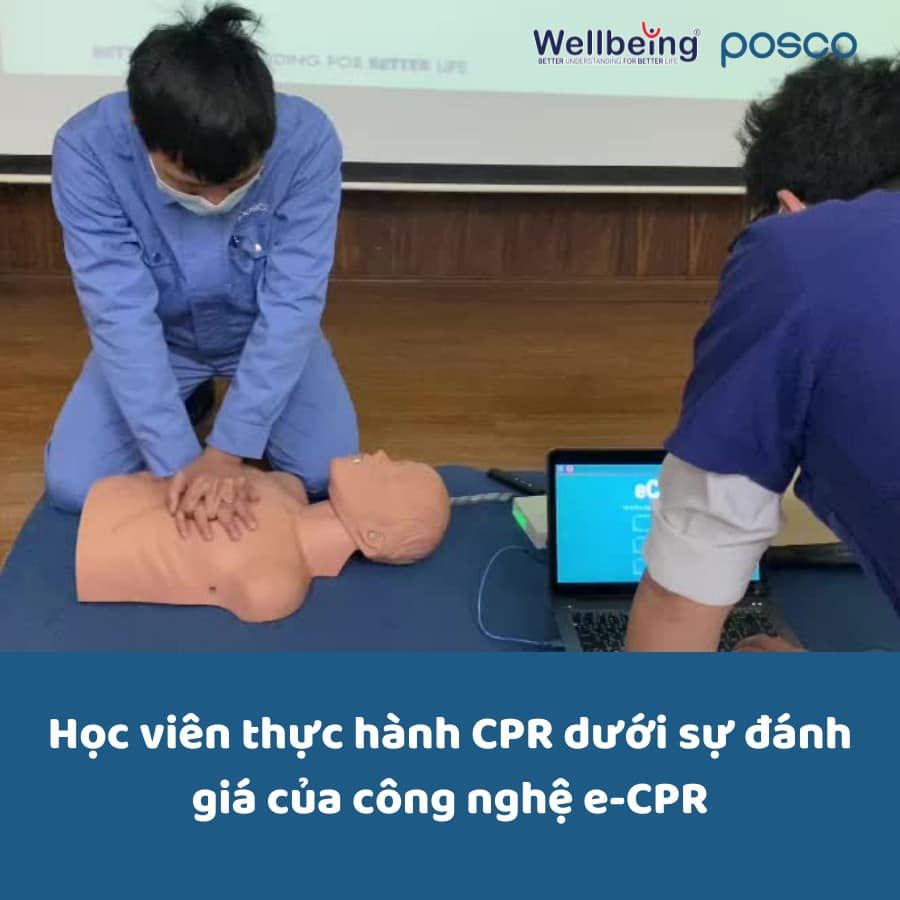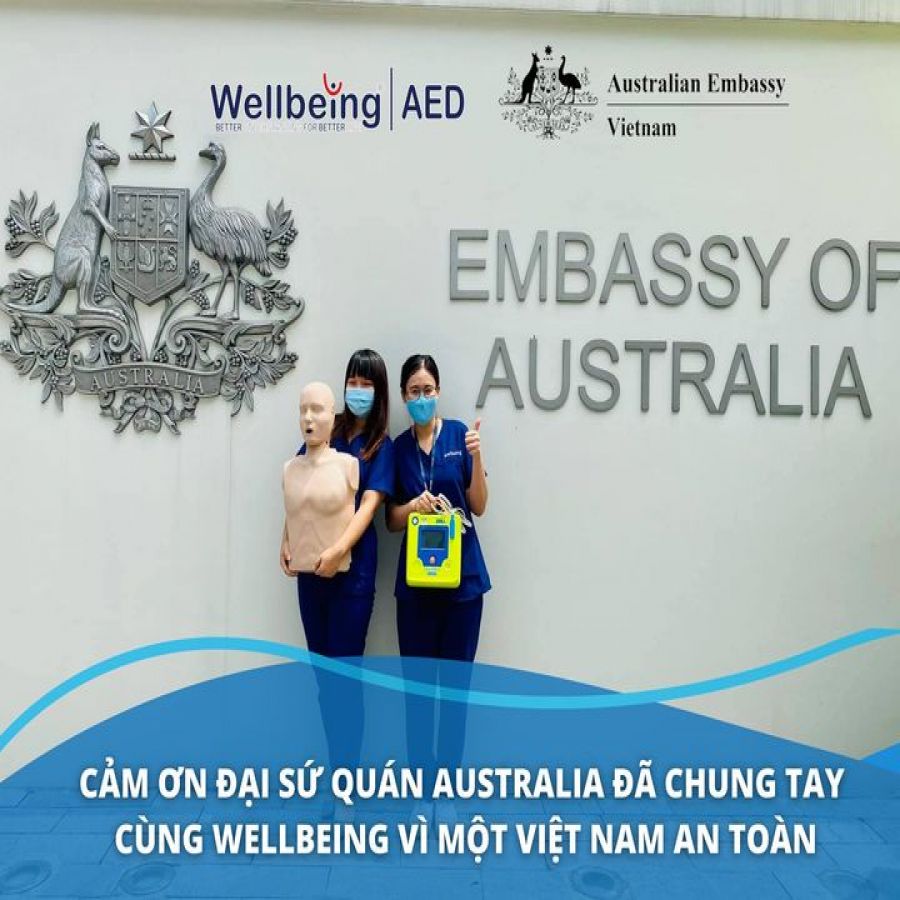Stroke – Symptoms and Management | Wellbeing
Stroke, also known as cerebrovascular accident, is one of the leading causes of death worldwide. It occurs when the blood supply to the brain is interrupted, leading to a lack of oxygen to brain cells. The longer this condition persists, the more brain cells die. Therefore, recognizing stroke symptoms and signs of a cerebrovascular accident and taking timely action is crucial.
1. Causes of stroke
There are two main categories of stroke causes: fixed risk factors (age, gender, family history, and race) and medical conditions.
Research shows that the risk of stroke increases with age. From the age of 55, the risk of stroke doubles every 10 years. Men are at a higher risk of stroke compared to women. Additionally, a family history of stroke or certain racial groups (e.g., people of color) also increase stroke risk.
Medical risk factors include: a history of previous strokes, diabetes, high blood pressure, cardiovascular diseases, dyslipidemia, overweight and obesity, among others. These significantly increase stroke risk. Moreover, an unhealthy lifestyle, such as smoking, lack of physical activity, and poor nutrition, further raises the risk. Moreover, an unhealthy lifestyle, such as smoking, lack of physical activity, and poor nutrition, further raises the risk.
2. Symptoms of stroke
Each passing minute results in the death of more brain cells. Therefore, recognizing stroke symptoms to take timely action is extremely important. Common stroke symptoms include:
- Sudden weakness or loss of strength.
- Numbness or weakness on one side of the face, or an uneven smile. This is one of the most common and crucial stroke symptoms.
- Sudden dizziness, loss of balance, difficulty moving. A keystroke sign is the inability to lift both arms above the head simultaneously.
- Severe headache, potentially causing nausea. Blurred vision.

Image : Symptoms of Stroke
These stroke symptoms may appear simultaneously or individually. Additionally, patients might experience a transient ischemic attack (TIA), which lasts only a few minutes. This is an important warning sign that patients and their families should be aware of.
3. Management of stroke symptoms
If one or more stroke symptoms appear, caregivers should perform first aid by:
- Calling emergency services and reporting the patient's condition.
- Positioning the patient on their side at a 45-degree angle to prevent choking.
- Ensuring the patient is wearing loose, comfortable clothing, and regularly checking their breathing and circulation.
- Clearing any mucus from the patient's mouth. Protect your hands with cloth wrappings to avoid injury if the patient has seizures.
- Noting the time when stroke symptoms first appeared or when the illness began, as well as any medications the patient is taking.
Wellbeing is one of the leading organizations in Vietnam for first aid training, offering courses for both children and adults. First aid training is becoming a global trend, and Vietnam is no exception. For comprehensive first aid training, visit socapcuu.vn or call the hotline
088 611 99 11 today.
Bình luận:
Không có bình luận nào cho bài viết.






.png)
.png)

